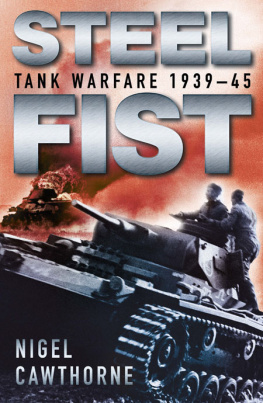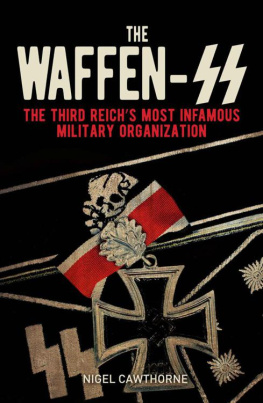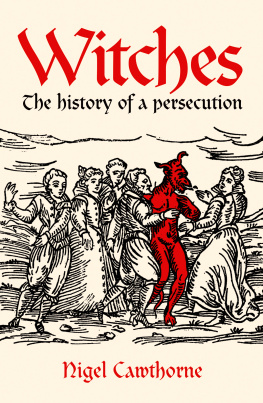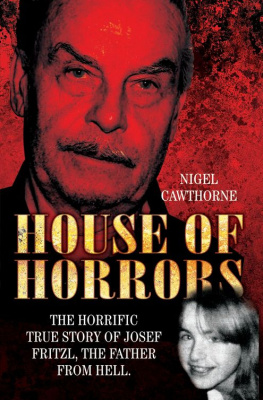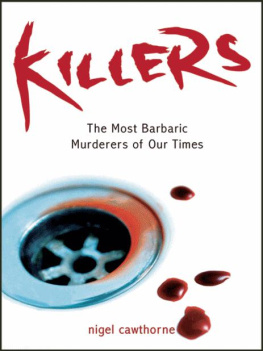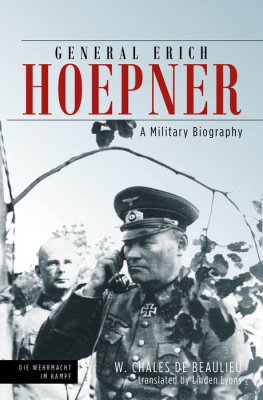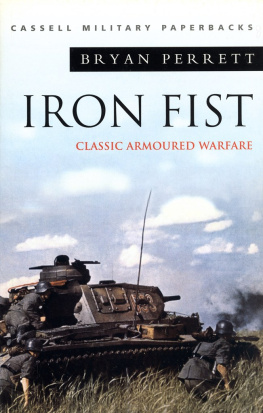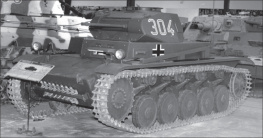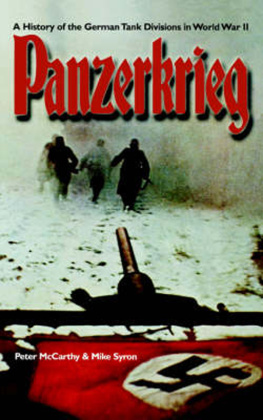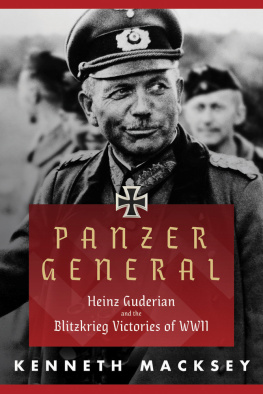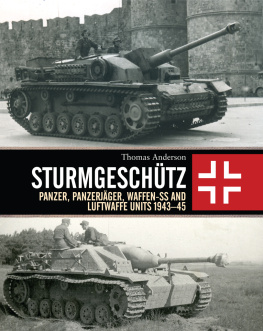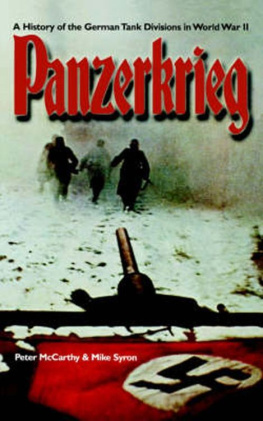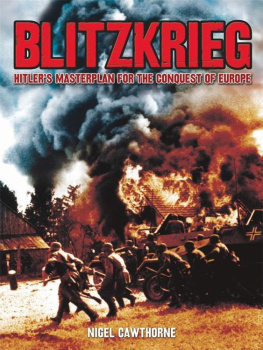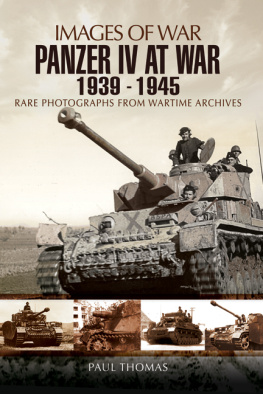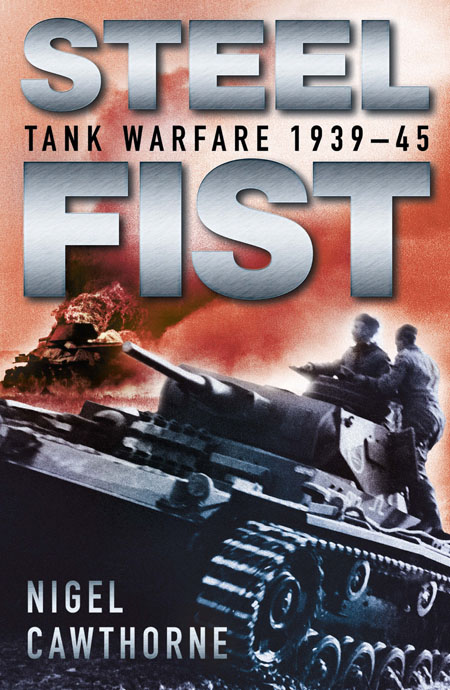
This edition published in 2011 by Arcturus Publishing Limited
26/27 Bickels Yard, 151153 Bermondsey Street,
London SE1 3HA
Copyright 2003 Arcturus Publishing Limited
All rights reserved. No part of this publication may be reproduced, stored in a retrieval system, or transmitted, in any form or by any means, electronic, mechanical, photocopying, recording or otherwise, without written permission in accordance with the provisions of the Copyright Act 1956 (as amended). Any person or persons who do any unauthorised act in relation to this publication may be liable to criminal prosecution and civil claims for damages.
ISBN: 978-1-84858-430-3
Edited by Paul Whittle
Cover design by Dawn Young
Book design by Alex Ingr
Original jacket images Robert Hunt Library/Corbis
Inside photographs Tank Museum, Bovington
except Mrs J. A. Haselwood
Contents
H istorically the word 'Panzer' meant the armour of a knight or a coat of mail, the shell of a tortoise or armadillo, or the armour plating of a ship. But after seeing the success of the British tanks in the First World War, the Germans decided that the future of warfare lay in the Panzerkampfwagen or armoured fighting vehicle later simply known as the Panzer.
But Panzer meant more than just a tank. There were Panzergruppen panzer groups and panzer troops, and there was the Panzer Corps. Panzer was the name taken by this elite branch of the German army, its formations and a new type of warfare.
During the 1920s, British and German military theorists saw how deploying tanks at divisional strength could revolutionise war. When Hitler came to power in 1933, he quickly saw how such Panzer formations could defeat Germany's traditional enemies and allow him to build the European empire he craved. Tank production was stepped up and the Panzer Corps became the German army's new vanguard. In ten months, they overran most of continental Europe, destroying armies more than twice their size on the way.
But with this initial success came their ultimate failure. The German High Command clung onto the belief that they had discovered the all-conquering weapon. Yet the Panzers could not handle the snows of Russia, and in the deserts of North Africa, the British learnt that you could halt the Panzers' lightning advances with screens of dedicated anti-tank guns which were much cheaper and easier to produce than new tanks.
The Russians and Americans took on the Panzers head to head and simply out-produced the German tank manufacturers. Large, relatively slow-moving Panzers were also vulnerable to air attack. The build up of the British Royal Air Force and the United States Army Air Force meant that, after D-Day, German Panzers could not risk moving during daylight and were even open to attack during the night, when the skies were lit with flares.
The Panzers had one last day of glory in the winter of 1944 with the Battle of the Bulge when poor weather grounded the Allied air forces. However, the chronic German shortage of petrol for the thirsty Tiger tanks meant that the Panzers had to depend on captured US gasoline to fuel their advance. When this was denied them, and the weather cleared, the Panzers were sitting ducks again.
Hitler hoped until the last that new and better Panzers would crush his enemies. But although German manufacturers finally managed to match the Soviet's superb T-34 technically, they could never produce anything like the numbers that rolled out of Russian factories. Hitler and his henchmen were hoist with their own petard, crushed under the tracks of the Panzer war they had unleashed.
This book is the story of the development of the Panzer concept, and the building and deployment of the Corps, how it formed the spearhead of the world's most efficient military machines, and how it came to ultimate defeat. Particularly it looks at Panzer warfare through the eyes of those who fought it and put this deadliest of weapons into Hitler's unworthy hands.
The Plains of Poland
T he Second World War began with a terrific gamble. At dawn on 1 September 1939, a huge German army rolled across the 1,250-mile Polish border. The attack was spearheaded by Panzers, seven divisions of them. No one had tried such a strategy before. It was not one of the terror tactics that the Germans had perfected during the Spanish Civil War that had raged for the previous three years. The deployment of Panzers in Spain was considered largely a failure. When German tanks rolled over the border into Austria in 1938, at least 30 per cent had broken down before they reached Vienna. Things went little smoother during the occupation of Czechoslovakia the following year. The crews lacked the experience to fix mechanical problems on the spot and a tank broken down on a bridge or a narrow road could hold up a whole brigade. They also destroyed the surface of the roads they used, slowing those who followed. Fuel was another problem. The Wehrmacht, the German army, quickly realised that there was more to tanks than guns and armour. They were going to have to learn a whole new discipline the art of mechanised warfare.
However, there were a handful of men who believed that tank warfare would work on the plains of Poland. Hitler was among them. The proper use of the Panzer, he believed, was something that would have to be learnt in war itself.
The first lesson, it was believed, should be easy. The Poles had just one armoured brigade, 660 tanks in all versus Germany's 2,100. Although the Polish army would outnumber the attacking Germans once it had all been mustered, the Poles started out with seventeen ill-equipped infantry divisions, three infantry brigades and six cavalry brigades real cavalry brigades with horses, not the armoured units cavalry later became. However, the German High Command was not 100 per cent confident of victory. Orders issued in Berlin in 1939 stated:
No tanks must fall into enemy hands without the crew and the crews of neighbouring tanks doing their utmost to rescue or destroy it. A crew may abandon an immobilised tank only if they have run out of ammunition or can no longer fire, and if other vehicles cannot be expected to save it... If there is a risk that the tank may fall into enemy hands, it should be destroyed. Waste wool, combustible material, ammunition, etc. inside the vehicle should be soaked with fuel (possibly by ripping out the fuel pipe) and the vehicle is to be set on fire.
The German Panzer spearhead would be followed by four motorised infantry divisions, four light divisions and forty regular infantry divisions. The Germans also had overwhelming superiority in the air. The Polish Air Force had just 842 obsolescent planes, while the Luftwaffe, the German air force, could put 4,700 modern aircraft in the air. One tactic the Germans had perfected during the Spanish Civil War was the terror bombing of civilian targets, including, infamously, the Basque market town of Guernica.
The Poles also believed that the French would attack Germany in the rear, across Germany's western frontier. When they finally did, they sent insufficient forces and it was too late. The Soviet Union Russia and its Communist satellites would be no help. It had signed the German-Soviet Non-Aggression Pact of August 1939, which publicly guaranteed that the two nations would not attack each other and privately divided Poland between them. Poland was on its own and its cavalry lances would be matched against the monstrous new machines of war: the Panzers.
The Luftwaffe wiped out the Polish air force in the first two days. This left the sky clear for German Stukas to dive-bomb Polish columns which did more to dent the morale of raw Polish recruits than inflict physical damage. What tanks the Polish did possess were dispersed throughout the army, which itself made the fatal mistake of trying to defend the entire length of the border. The Panzers concentrated on weak points and broke through. They penetrated deep into the country, then fanned out, isolating and encircling Polish units. When they came across Polish strongpoints, they simply bypassed them and allowed the bombers to take care of them later. And if they could not simply outflank a heavily fortified Polish position, they waited for the infantry and artillery to catch up, then launched a conventional assault on the stronghold.
Next page
